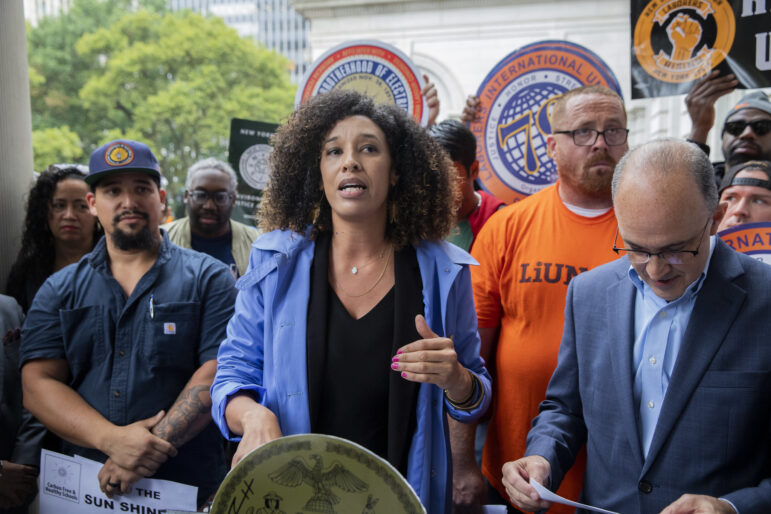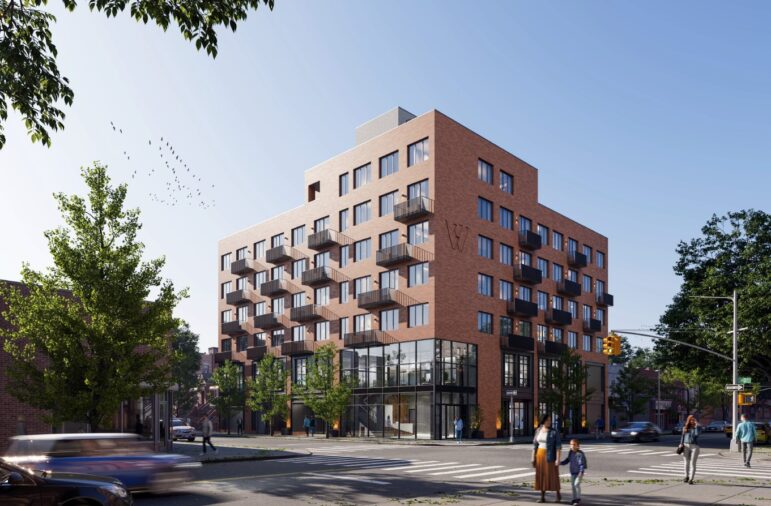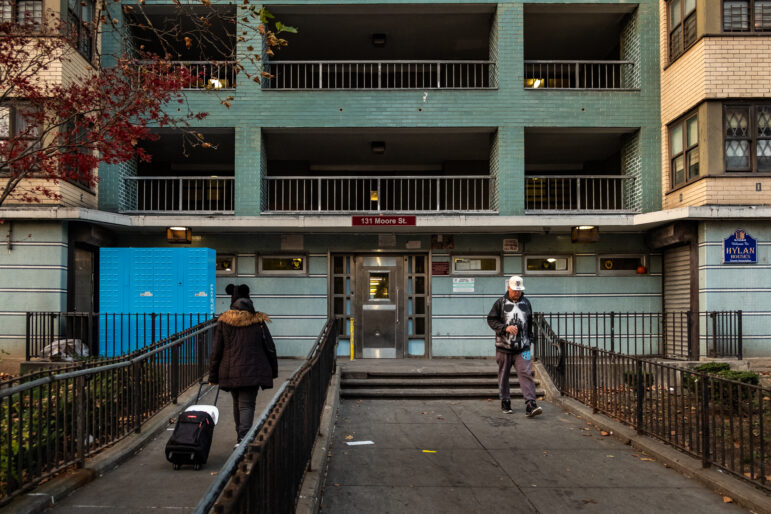A new report by the Pratt Center for Community Development finds that the 421-a tax exemption cost the city nearly $755 million last year–about enough to fund the entire Department of Housing Preservation and Development–and has produced a mere 5,700 units of affordable housing over its quarter-century of existence.
421-a is a tax abatement available to builders of residential housing. In some areas of the city, developers are required to build some affordable housing to get the full tax benefit. In 2007, the city and state expanded the areas where affordability is required. But most of the city is still outside those areas. And dozens of projects that sit within these new “exclusion” zones but were started before the 2007 reforms took effect are being built without affordable units.
The 421-a tax abatement expired last year but is likely to be revived by the state legislature, possibly as part of a deal to preserve rent regulations, which are set to expire this month.
Pratt reported: “The 421-a tax abatement is an artifact of an era in which New York City sought to spark economic activity by any means necessary. Created as an essential jump-start to the city’s stalled housing market and an important boon to the city’s economy during a dire moment in its financial history, it has turned into a drain on the city’s budget that gives disproportionately generous benefits to the wealthy and serves as an expensive incentive to build new structures.”
Despite the deep flaws in 421-a, landlords are backing a bill that would actually sweeten the deal property owners now get by extending tax abatements at existing buildings in exchange for extended promises of affordability.








